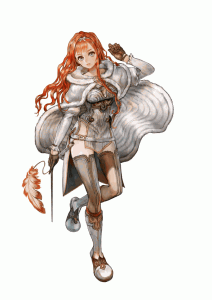 4. What style of play is best? Unless you grind a lot, storyline enemies will usually be higher-leveled, and they can hit pretty hard. Like, 1/3rd of your life in a single hit kind of hard. That, and if your MC or a story-related character dies it’s an automatic game over, and enemies like to gang on up on them when they can.
4. What style of play is best? Unless you grind a lot, storyline enemies will usually be higher-leveled, and they can hit pretty hard. Like, 1/3rd of your life in a single hit kind of hard. That, and if your MC or a story-related character dies it’s an automatic game over, and enemies like to gang on up on them when they can.
For those reasons, I like to play things safe by ganging up on them in return. 99% of enemies won’t move unless a) They sustain damage or b) You come into range. What I do, then is to keep my whole party together and carefully approach the enemies one or two at a time. Once they’re close enough, I either hit them with a Sniper or put a character in range to draw them down, then beat them normally or waste them with Burst Strikes.
But that’s just me. I’m a coward. And I hate having to restart easy battles because important characters got taken out by cheap hits. There’s absolutely nothing wrong with splitting up your party, especially if you love a challenge, but I’d recommend sending a priest along with each group and still not taking on more than one or two enemies at a time.
5. Miscellaneous Tips and Hints
- If I had to play this again, I’d start out with only snipers and one or two priests, then change a few snipers into Zondas when I start the second playthrough. I’d keep 4 skill points on hand and then switch 2 or 3 to Champion once they hit level 25-ish, allowing me to take advantage of the all-attack at job level 36 (update on my “clever” plan here). The rest of the classes can snuff it.
- Most classes really come into their own at higher levels, so your first playthrough will probably be slow and boring. On one hand there’s no reason to force yourself to play this game. On the other hand, battles do get faster and more bearable on subsequent playthroughs.
- Always get new recruits at Level 1 so you can use stat distribution to its fullest extent.
- You can safely ignore all treasure chests. They either contain healing items or shoddy armor, nothing worth going out of your way for.
- You can safely ignore sidequests as well. They are amusing and often have strong enemies and good cards, but you don’t have to do them.
- You can skip Burst Strike animations with START. @__@ I only realized this recently.
- The more battles a character takes part in, the longer their Burst Strike gauge gets. This is a good reason to fight free battles in the beginning.
- Frozen and stunned enemies and characters take a lot more damage than usual. Cure anyone important who gets struck with them. Silence and poison can be ignored.
- AFAIK there is no “correct” order to play the routes. Cynthia’s is the route that deals most with the titular “Imperial Princess of Darkness and Light” (wait, it’s not in the title any more now, is it) so it’s a good one to start with story-wise.
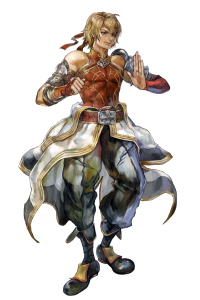 I don’t know what the best choices are, but worst ones are usually the 3rd on the list. Apparently you only want those on the Dark route.
I don’t know what the best choices are, but worst ones are usually the 3rd on the list. Apparently you only want those on the Dark route.- Story-related characters you don’t raise yourself (i.e. all of them) will be invariably weaker than your self-created generics, so don’t spend too much time trying to level them up.
- You get better cards by over-killing enemies with solo hits. Burst Strike finishes tend to yield lesser-quality cards.
- Enemies in the Mirage bonus dungeon drop great cards, so don’t worry if you can’t get anything good in regular battles. In fact you can just ignore regular free battles once it opens up.
- You can save Skill and Bonus points for later, but they may be lost for story characters who are forcibly leveled up when you switch routes (not 100% about this). E.g. if you’re on Trenet’s route and he’s level 25 with 2000 EXP stored and you switch to Yuri, Yuri too will be 25-ish (if that’s the base level of the enemies), even if he was level 10 the last time you saw him. Furthermore, you might come back to Trenet later to find him at level 30, but those 2000 EXP he had saved will be gone forever.
- You maintain your character levels and old job levels when you switch jobs, and new jobs level up relatively quickly. In other words, don’t hesitate to change classes if something isn’t working out.
The Ragnarok Tactics press release from Aksys is… interesting. “Multiple factions” = 3 factions, plus 1 secret one after completing them. “Plethora of different endings” = 3 shoddy, insulting endings to the 3 faction routes, plus 1 True ending, plus 1 Dark ending. “Unique tactical mechanics” = this is mostly true. Unless you’ve played Blue Roses, the Burst Strike system will probably be new. Overdrives are just super-attacks, and you won’t be seeing too much of them unless you go out of your way. Resting in battles is really cute, and actually quite useful when you’re weak in the early stages. “Unique” doesn’t equal “fun” though, so don’t get carried away. “Customizable characters,” yeah sorta. You can’t do too much about their looks, but you can change classes, hair and voices, and you can make a real difference to their stats with your point distribution. You can’t actually modify what skills they get, but you can boost the ones you like.
That’s enough. You guys figure out the rest for yourselves. Final verdict on Ragnarok Hikari to Yami no Koujo: an average but playable SRPG. Story and characters are pitiful. Battles get much better on subsequent playthroughs when your party is stronger and you have access to more classes. I won’t actually say “Go get it,” but if you’re walking down the street and you trip over it and you’re very bored that day… yeah. It’s that kind of game.
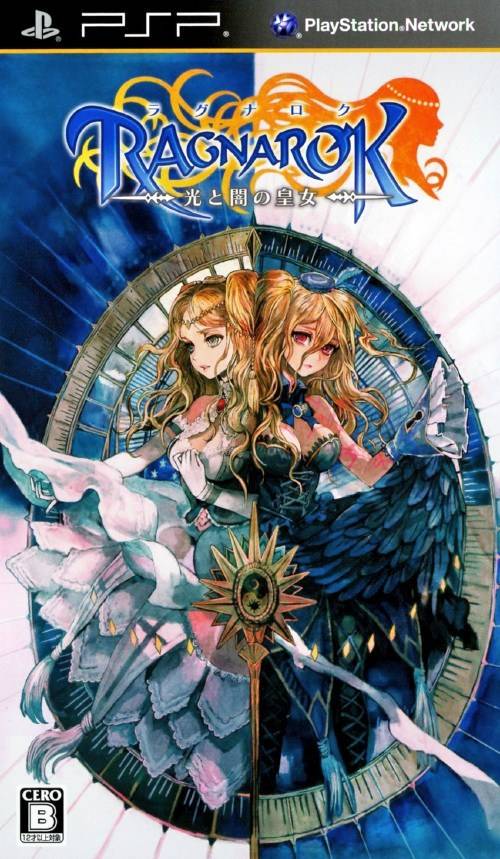

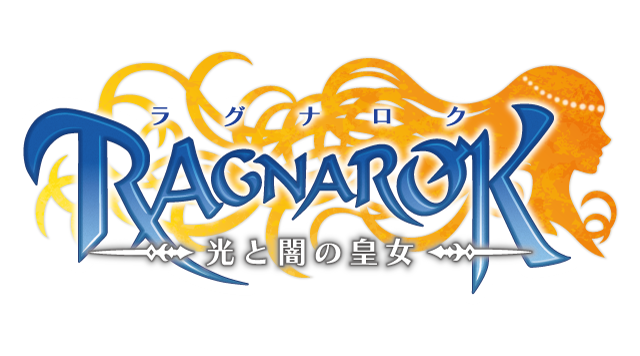
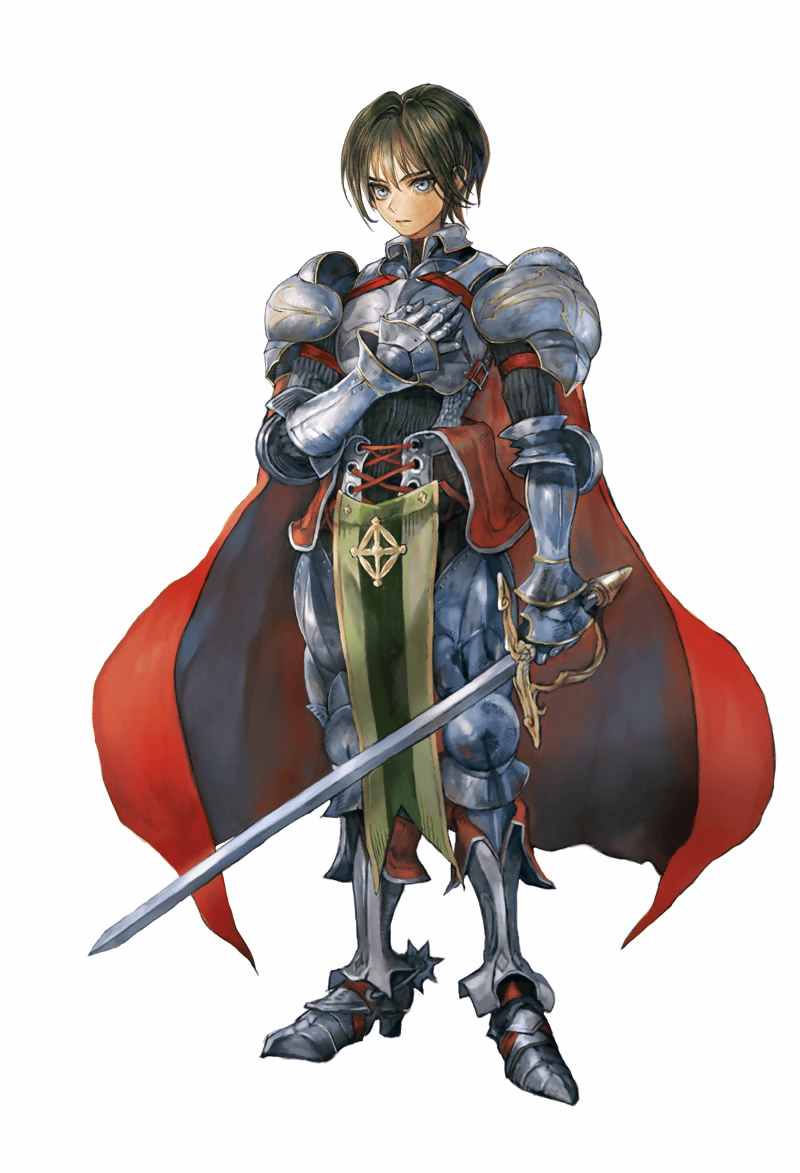
[…] my mouth off with various pieces of advice last time made me juusst a little curious to try out some of the strategies I enumerated therein, so I played […]